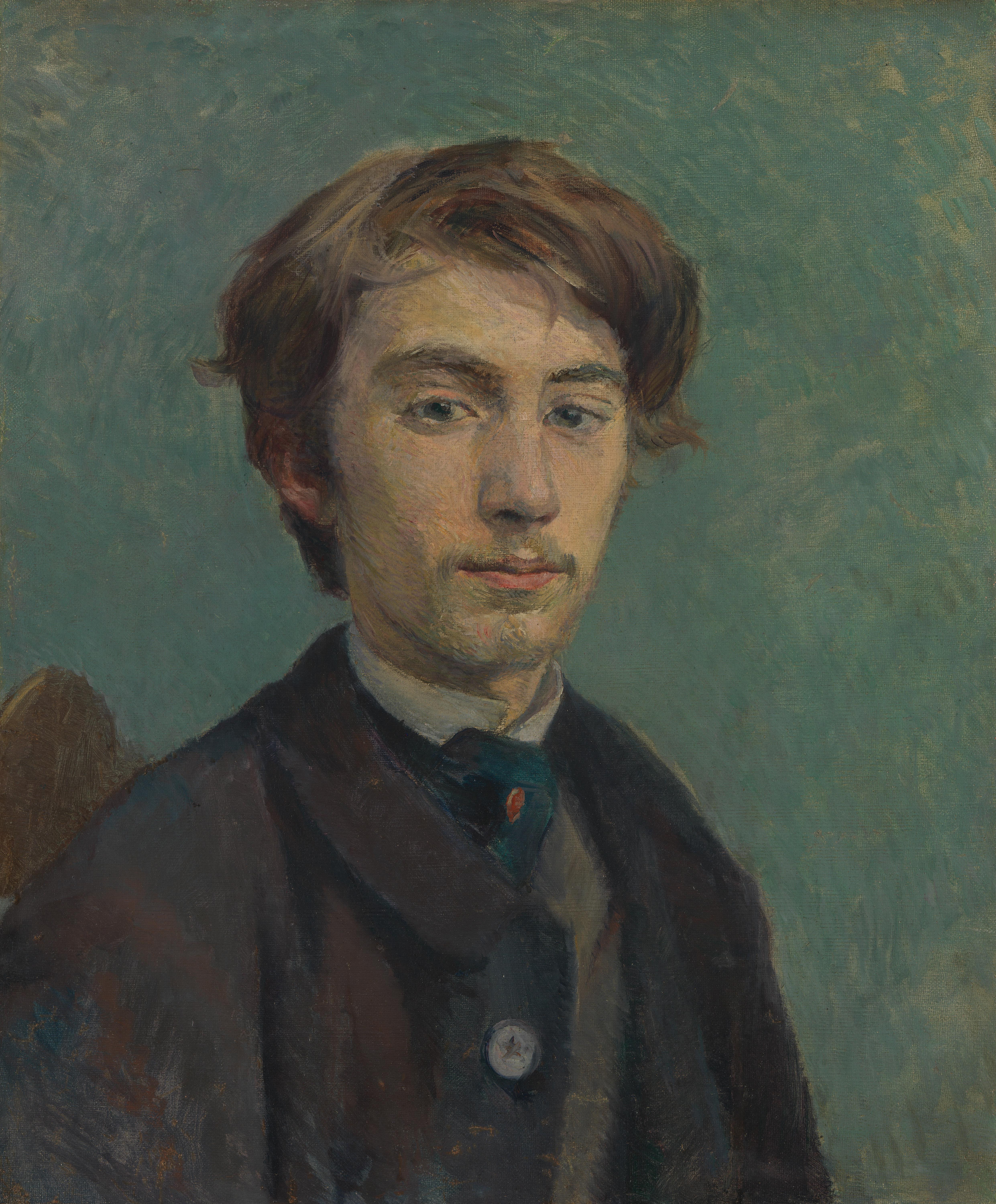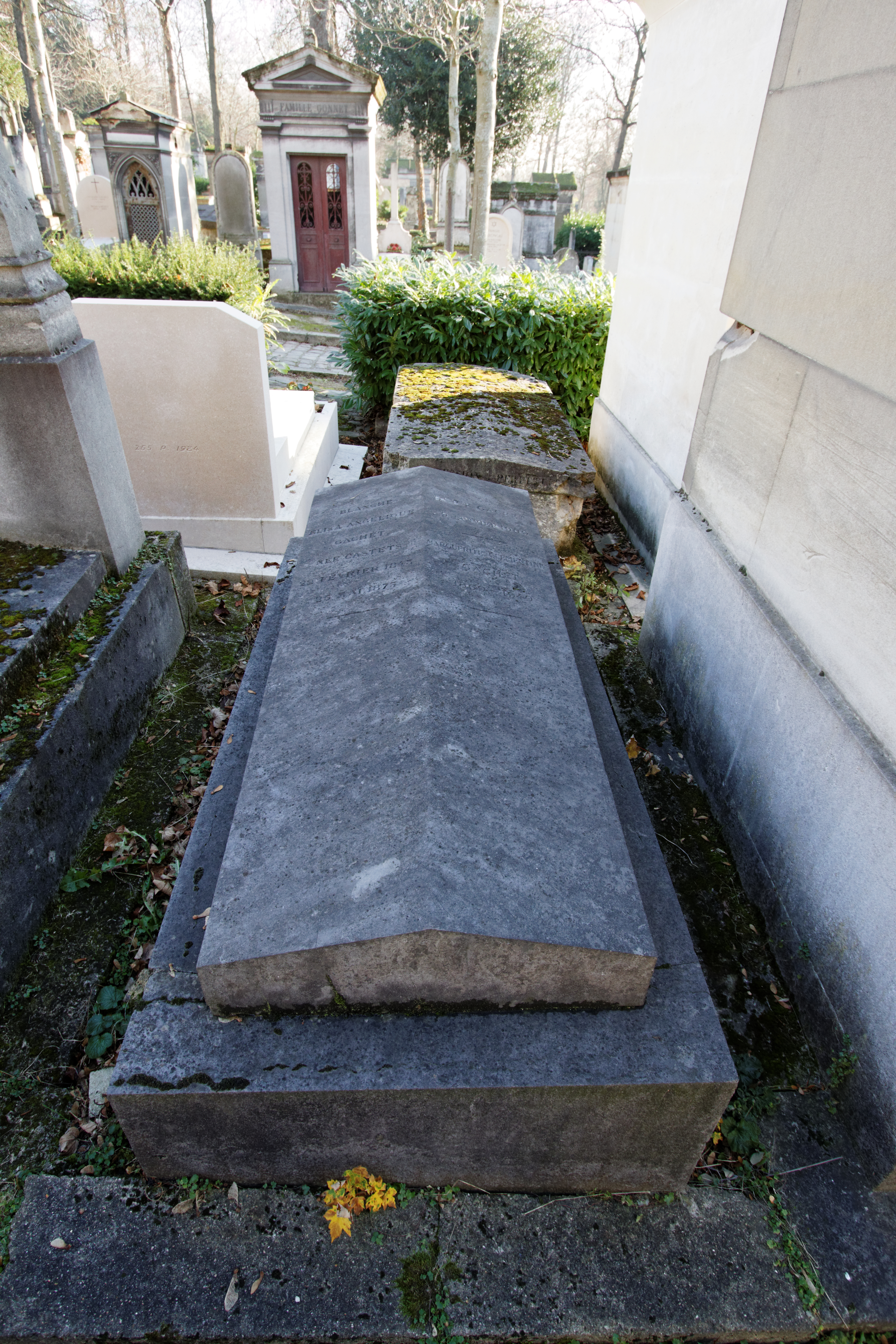|
Death Of Vincent Van Gogh
The death of Vincent van Gogh, the Dutch post-Impressionist painter, occurred in the early morning of 29 July 1890, in his room at the Auberge Ravoux in the village of Auvers-sur-Oise in northern France. Two days earlier, Van Gogh shot himself or was intentionally or accidentally shot by someone else. While his death certificate states that he died as a result of suicide, at least two biographers have challenged that, saying he may have been intentionally or accidentally shot by someone else. Background Early presentiments of a premature death As early as 1883, Vincent van Gogh wrote to his brother Theo: "... as to the time I still have ahead of me for work, I think I may safely presume that my body will hold up for a certain number of years... between 7-10, say", "... I should plan for a period of between 5 and 10 years..." Van Gogh authority Ronald de Leeuw interprets this as van Gogh "voic ngthe presentiment that he himself had at most another ten years of life in whi ... [...More Info...] [...Related Items...] OR: [Wikipedia] [Google] [Baidu] |
Auvers-sur-Oise
Auvers-sur-Oise (, literally ''Auvers on Oise'') is a commune in the department of Val-d'Oise, on the northwestern outskirts of Paris, France. It is located from the centre of Paris. It is associated with several famous artists, the most prominent being Vincent van Gogh. This was also the place where Vincent van Gogh died, apparently by suicide. Geography Location Auvers is located on the right bank of the river Oise. To the south, it is connected to Méry-sur-Oise by a bridge. Localities * Chaponval * Cordeville (from Corbeville) * Le Montcel (from ''Monsellus'', small mountain) * Les Vaissenots or Vessenots * Le Valhermeil (from Val ''Hermer'', name of the owner during the 12th century) * Les Vallées History During the 19th century, a number of painters lived and worked in Auvers-sur-Oise, including Paul Cézanne, Charles-François Daubigny, Camille Pissarro, Jean-Baptiste-Camille Corot, Norbert Goeneutte, and Vincent van Gogh. Daubigny's house is now a museum where one ... [...More Info...] [...Related Items...] OR: [Wikipedia] [Google] [Baidu] |
L'Arlésienne (painting)
''L'Arlésienne'', ''L'Arlésienne : Madame Ginoux'', or ''Portrait of Madame Ginoux'' is the title given to a group of six similar paintings by Vincent van Gogh, painted in Arles, November 1888 (or later), and in Saint-Rémy, February 1890. L'Arlésienne () means literally "the woman from Arles". The subject, ''Marie Jullian'' (or ''Julien''), was born in Arles June 8, 1848 and died there August 2, 1911. She married ''Joseph-Michel Ginoux'' in 1866 and together they ran the ''Café de la Gare'', 30 Place Lamartine, where van Gogh lodged from May to mid-September 1888. He had the Yellow House in Arles furnished to settle there. Evidently until this time, van Gogh's relations to M. and Mme. Ginoux had remained more or less commercial (the café is the subject of ''The Night Café''), but Gauguin's arrival in Arles altered the situation. His courtship charmed the lady, then about 40 years of age, and in the first few days of November 1888 Madame Ginoux agreed to have a portrait ... [...More Info...] [...Related Items...] OR: [Wikipedia] [Google] [Baidu] |
Émile Bernard
Émile Henri Bernard (28 April 1868 – 16 April 1941) was a French Post-Impressionist painter and writer, who had artistic friendships with Vincent van Gogh, Paul Gauguin and Eugène Boch, and at a later time, Paul Cézanne. Most of his notable work was accomplished at a young age, in the years 1886 through 1897. He is also associated with Cloisonnism and Synthetism, two late 19th-century art movements. Less known is Bernard's literary work, comprising plays, poetry, and art criticism as well as art historical statements that contain first-hand information on the crucial period of modern art to which Bernard had contributed. Biography Émile Henri Bernard was born in Lille, France, in 1868. As in his younger years his sister was sick, Émile was unable to receive much attention from his parents; he therefore stayed with his grandmother, who owned a laundry in Lille, employing more than twenty people. She was one of the greatest supporters of his art. The family moved to Pari ... [...More Info...] [...Related Items...] OR: [Wikipedia] [Google] [Baidu] |
Gendarme (historical)
A ''gendarme'' was a heavy cavalryman of noble birth, primarily serving in the French army from the Late Middle Ages to the Early Modern period. Heirs to the knights of French medieval feudal armies, French Gendarmes also enjoyed a stellar reputation and were regarded as the finest European heavy cavalry force until the decline of chivalric ideals largely due to the ever-evolving developments in gunpowder technology. They provided the Kings of France with a potent regular force of armored lancers which, when properly employed, dominated late medieval and early modern battlefields. Their symbolic demise is generally considered to be the Battle of Pavia, which inversely is seen as confirming the rise of the Spanish Tercios as the new dominant military force in Europe. Etymology The word ''gendarme'' derives originally from the French ''homme d'armes'' (man-at-arms), plural of which is ''gens d'armes''. The plural sense was later shortened to ''gendarmes'' and a singular mad ... [...More Info...] [...Related Items...] OR: [Wikipedia] [Google] [Baidu] |
Anton Hirschig
Antonius (Anton) Matthias Hirschig (18 February 1867, Naarden - 6 November 1939, Alkmaar), also known as Tony or Tom, was a Dutch artist who, as a young man, lodged with Vincent van Gogh at the Auberge Ravoux in Auvers-sur-Oise at the time of Van Gogh's death in 1890. Biography Antonius Matthias Hirschig was born on 18 February 1867 in Naarden, a town in the province of North Holland in the Netherlands. He was the son of Christianus Jacobus Johannes Hirsching and Anna Swart. His father was an Amsterdam trained physician in the Dutch Royal Navy and his grandfather Antonius Hirschig was a rector of the Latin academy in Alkmaar. Hirschig's paternal aunts Adriana Wilhelmina Hirschig and Jacoba Gysberta Hirschig married into the wealthy de Lange banking family of Alkmaar as did Hirschig's sister Anna in a consanguineous marriage to a son of Jacoba Gysberta. In addition Hirschig's brother Adrianus Jacobus Hirschig was a successful civil engineer (he built sea dykes) who became extremely w ... [...More Info...] [...Related Items...] OR: [Wikipedia] [Google] [Baidu] |
Daubigny's Garden
''Daubigny's Garden'', painted three times by Vincent van Gogh, depicts the enclosed garden of Charles-François Daubigny, a painter whom Van Gogh admired throughout his life. Van Gogh started with a small study of a section of the garden. Then he worked on two double-square paintings of the full walled garden. The paintings were made in Auvers between May and July 1890, during the last few months of his life. All three paintings are titled ''Daubigny's Garden'' and are distinguished by the museums they reside in: Kunstmuseum Basel, Hiroshima Museum of Art and Van Gogh Museum. Charles-François Daubigny Van Gogh greatly admired Charles-François Daubigny, a French landscape artist associated with the Barbizon school who painted river and coastal scenes ''en plein air''. Daubigny was born in Paris in 1817 and moved to Auvers-sur-Oise in 1860. In 1878 Van Gogh wrote to his brother Theo that he was very sad to hear the news that Daubigny had died because his work touched him ver ... [...More Info...] [...Related Items...] OR: [Wikipedia] [Google] [Baidu] |
Vincent Van Gogh - Self-Portrait - Google Art Project
Vincent ( la, Vincentius) is a male given name derived from the Roman name Vincentius, which is derived from the Latin word (''to conquer''). People with the given name Artists *Vincent Apap (1909–2003), Maltese sculptor *Vincent van Gogh (1853–1890), Dutch Post-Impressionist painter *Vincent Munier (born 1976), French wildlife photographer Saints *Vincent of Saragossa (died 304), deacon and martyr, patron saint of Lisbon and Valencia *Vincent, Orontius, and Victor (died 305), martyrs who evangelized in the Pyrenees * Vincent of Digne (died 379), French bishop of Digne *Vincent of Lérins (died 445), Church father, Gallic author of early Christian writings *Vincent Madelgarius (died 677), Benedictine monk who established two monasteries in France *Vincent Ferrer (1350–1419), Valencian Dominican missionary and logician *Vincent de Paul (1581–1660), Catholic priest who served the poor *Vicente Liem de la Paz (Vincent Liem the Nguyen, 1732–1773), Vincent Duong, Vince ... [...More Info...] [...Related Items...] OR: [Wikipedia] [Google] [Baidu] |
Paul Gachet
Paul-Ferdinand Gachet (30 July 1828 – 9 January 1909) was a French physician most famous for treating the painter Vincent van Gogh during his last weeks in Auvers-sur-Oise. Gachet was a great supporter of artists and the Impressionist movement. He was an amateur painter, signing his works "Paul van Ryssel", referring to his birthplace: ''Rijsel'' is the Dutch name of Lille. Biography He was born and raised in Lille. His family moved to Mechelen, where Gachet's father was transferred to in 1844/1845 to start a new branch of the firm he was working for. While a student at the University of Paris, he learnt drawing in his spare time, and collected paintings by Gustave Courbet and Édouard Manet. After gaining his BA degree, he worked at the mental hospitals of Bicêtre and Salpêtrière. His teachers included Armand Trousseau. In 1858 he received a medical degree for his thesis ''Étude sur la Mélancolie'' (Éditeur du Montpellier Médecal). He returned to Paris and set up a ... [...More Info...] [...Related Items...] OR: [Wikipedia] [Google] [Baidu] |
Van Gogh - Dorfstraße Und Treppe In Auvers Mit Figuren
A van is a type of road vehicle used for transporting goods or people. Depending on the type of van, it can be bigger or smaller than a pickup truck and SUV, and bigger than a common car. There is some varying in the scope of the word across the different English-speaking countries. The smallest vans, microvans, are used for transporting either goods or people in tiny quantities. Mini MPVs, compact MPVs, and MPVs are all small vans usually used for transporting people in small quantities. Larger vans with passenger seats are used for institutional purposes, such as transporting students. Larger vans with only front seats are often used for business purposes, to carry goods and equipment. Specially-equipped vans are used by television stations as mobile studios. Postal services and courier companies use large step vans to deliver packages. Word origin and usage Van meaning a type of vehicle arose as a contraction of the word caravan. The earliest records of a van as a vehicle i ... [...More Info...] [...Related Items...] OR: [Wikipedia] [Google] [Baidu] |







